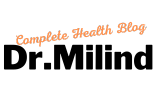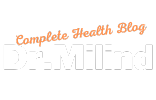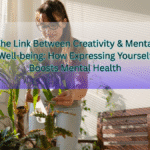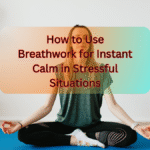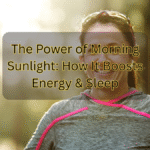Red Light Therapy
Have you ever wished for a natural, non-invasive treatment that could rejuvenate your skin, ease chronic pain, and boost your energy levels—all without harsh chemicals or side effects? Enter red light therapy (RLT), a cutting-edge wellness trend backed by science.
From celebrities to athletes, more people are turning to red light therapy for its wide-ranging benefits. But does it really work? And how can you make the most of it? In this post, we’ll explore how red light therapy can transform your skin, relieve pain, and enhance your energy—plus practical tips for getting started.
What Is Red Light Therapy?
Red light therapy, also known as low-level laser therapy (LLLT) or photobiomodulation (PBM), uses specific wavelengths of red and near-infrared light to penetrate the skin. Unlike UV rays, which can damage cells, red light stimulates cellular repair, collagen production, and mitochondrial function—leading to a host of health benefits.
Originally developed by NASA for plant growth experiments, researchers soon discovered its potential for wound healing and tissue repair in astronauts. Today, red light therapy is used in dermatology clinics, physical therapy centers, and even at-home devices.
The Science-Backed Benefits of Red Light Therapy
Video Credits
1. Revitalizes Skin Health
One of the most popular uses of red light therapy is for skin rejuvenation. Here’s how it helps:
- Boosts Collagen Production – Collagen keeps skin firm and youthful. Studies show that RLT increases collagen synthesis, reducing fine lines and wrinkles.
- Reduces Inflammation & Acne – By calming inflammation, red light therapy can help with acne, rosacea, and eczema.
- Speeds Up Wound Healing – RLT accelerates tissue repair, making it great for scars, burns, and post-procedure recovery.
Tip: For best results, use red light therapy 3-5 times per week for 10-20 minutes per session. Pair it with a good skincare routine for enhanced effects.
2. Relieves Pain & Muscle Recovery
If you struggle with chronic pain or sore muscles, red light therapy might be your new best friend.
- Reduces Joint & Muscle Pain – Research suggests RLT can alleviate arthritis, back pain, and tendonitis by reducing inflammation.
- Enhances Muscle Recovery – Athletes use red light therapy to speed up recovery after intense workouts by improving circulation and reducing oxidative stress.
- Supports Nerve Repair – Some studies indicate it may help with nerve regeneration, benefiting conditions like carpal tunnel syndrome.
Tip: Target sore muscles or joints directly with a handheld red light device for 5-10 minutes daily.
3. Boosts Energy & Mental Clarity
Feeling sluggish? Red light therapy may help by:
- Enhancing Mitochondrial Function – The mitochondria (your cells’ powerhouses) absorb red light, leading to increased ATP (energy) production.
- Improving Sleep & Circadian Rhythm – Exposure to red light in the evening can support melatonin production, improving sleep quality.
- Reducing Brain Fog – Some studies suggest RLT may enhance cognitive function by reducing brain inflammation.
Tip: Try a morning red light session to kickstart your day or an evening session to wind down naturally.
How to Use Red Light Therapy Safely & Effectively
While red light therapy is generally safe, here are some best practices:
✔ Choose the Right Device – Look for FDA-cleared devices with wavelengths between 630-850 nm for optimal results.
✔ Maintain Proper Distance – Stay 6-12 inches from the light source to avoid overheating.
✔ Be Consistent – Benefits accumulate over time, so regular use (3-5x per week) is key.
✔ Protect Your Eyes – While RLT is safe for the skin, wearing protective goggles is recommended for facial treatments.
Final Thoughts: Is Red Light Therapy Worth It?
Red light therapy offers a drug-free, non-invasive solution for skin concerns, pain relief, and energy enhancement. While more research is ongoing, current studies and user testimonials highlight its potential.
Whether you visit a clinic or invest in an at-home device, consistency is crucial. If you’re curious, start with a few sessions and track your progress—you might be surprised by the results!
Have you tried red light therapy? Share your experience in the comments below!
